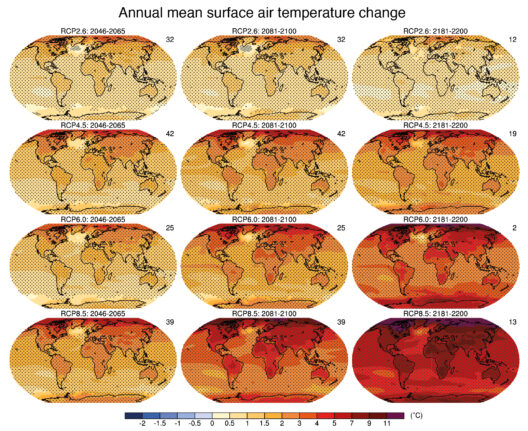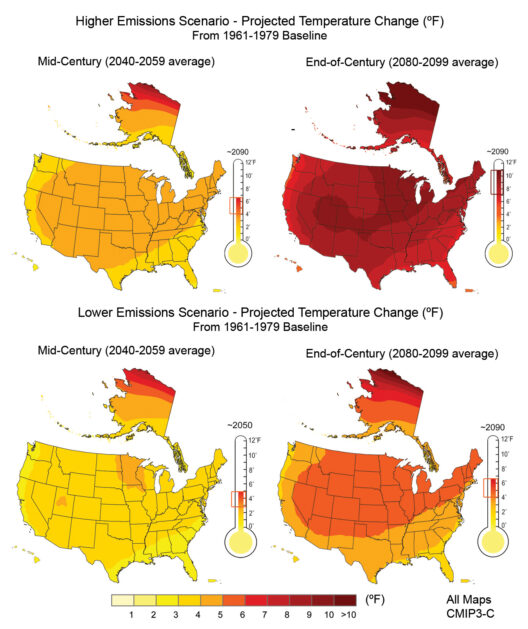In the labyrinthine corridors of governance, surrounded by the echoing clamor of bureaucracy, the conversation surrounding climate legislation often feels like a symphony of stagnation. This paradox, where urgency meets inertia, begs the question: amidst a cacophony of political rhetoric and the refinement of bureaucratic lexicon, are any tangible laws being signed for climate action? As the planet teeters on the precipice of irreversible change, let us delve into the world of bills, buzzwords, and bureaucratic jargons that define climate governance.
To understand the contemporary landscape of climate legislation, one must first navigate through the intricate terminology that populates political discourse. Terms like “sustainability,” “carbon neutrality,” and “green economy” are flung around with exuberance; however, the palpable effect of such language is often lost in translation. These buzzwords can resemble the gilded ornaments lining the halls of administrative power—beautiful yet hollow, dazzling yet devoid of substance. In essence, they serve as alluring distractions from the pressing issue at hand: the need for authentic, actionable laws that address the climactic crisis.
As governmental bodies assemble and disassemble their promises on climate change, one cannot help but notice the overwhelming reliance on bureaucratic jargon. This vernacular often morphs into a veritable labyrinth, where stakeholders find themselves ensnared in a tangle of terminologies, each more convoluted than the last. Concepts such as “environmental impact assessments,” “carbon credits,” and “emission trading schemes” are bandied about in a manner that suggests a mastery of the subject. However, more often than not, the connection to practical and enforceable policies remains tenuous at best.
Amidst this evocative discourse, the creatures of habit—the legislators—are slow to take decisive action. Laws are often heralded with great fanfare only to languish in the depths of committees, weighed down by amendments and political wrangling. The legislative process, while necessary for a functioning democracy, can effectively become a breeding ground for procrastination. Bills drift through the system, wrapped in red tape that resembles an iridescent cocoon, where their potential to spark meaningful change fades with each passing day.
This bureaucratic stasis can be likened to a river choked by sediment. The urgency of ecological restoration becomes occluded as policymakers are inundated with procedural hurdles and competing interests. Environmentally conscious citizens await the emergence of transformative legislation, yet what they often receive are treaties laden with ineffective measures and superficial commitments. The promise of future action rarely translates into substantive, enforceable laws—a phenomenon that disheartens advocates of climate justice.
The irony is palpable: as ice caps melt and species vanish, bills teeter on the precipice of introduction and revision, while lobbyists and special interest groups pull the strings behind the scenes. Economic incentives frequently overshadow ecological imperatives, diluting the essence of proposed laws to mere adjustments on a balance sheet rather than a commitment to safeguarding our shared domicile. The language of climate bills often prioritizes industrial growth over planetary health, subtly shifting the narrative away from necessity towards optionality.
It is essential to scrutinize the relationship between public perception and legislative actions. The populace, armed with the latest scientific revelations, demands accountability—a salve to the anguish experienced in the face of alarming climate forecasts. The expectation for swift and decisive action is met with bureaucratic delays, contributing to a disconnect between governmental intent and public trust. Thus, citizens become ensnared in a cycle of hope and disappointment, urging their representatives to transcend the verbose pomposity of bureaucratic language in favor of authenticity and impact.
The time is rife for recalibration. If legislators can transpose the fervor of the community into actionable frameworks, the inertia currently observable could be shattered. The allure of political theater must be eclipsed by a dawning realization: the climate crisis is not a distant conjecture but an immediate threat requiring cogent, coherent legislative action. In this modern-day crusade for environmental justice, clarity and commitment should reign supreme, fostering an ecosystem where dryness of terminology gives way to the fluidity of innovation.
Effective advocacy for climate action is thus enmeshed in the struggle against the tide of bureaucratic rhetoric—a Herculean task that requires collaboration among scientists, policymakers, and the engaged citizenry. It necessitates a shift from the abstract to the actionable, fostering a legislative environment where impact is a metric of success. Such a paradigm shift would unveil a pathway leading to substantive climate laws that resonate with the urgency of today’s environmental challenges.
In closing, the confluence of bills, buzzwords, and bureaucracies creates an intricate tapestry that often veers away from the urgent need for climate legislation. It is imperative to interrogate the very fabric of this discourse, peeling back layers of jargon to expose the bare truth: action is paramount. As legislators grapple with the intricacies of policy-making, they must overcome the gravitational pull of bureaucracy to create a legislative narrative steeped in authenticity, transparency, and above all, resolve. Only then can we envision a future where words transform into laws, and laws transform the ecological fate of our planet.







